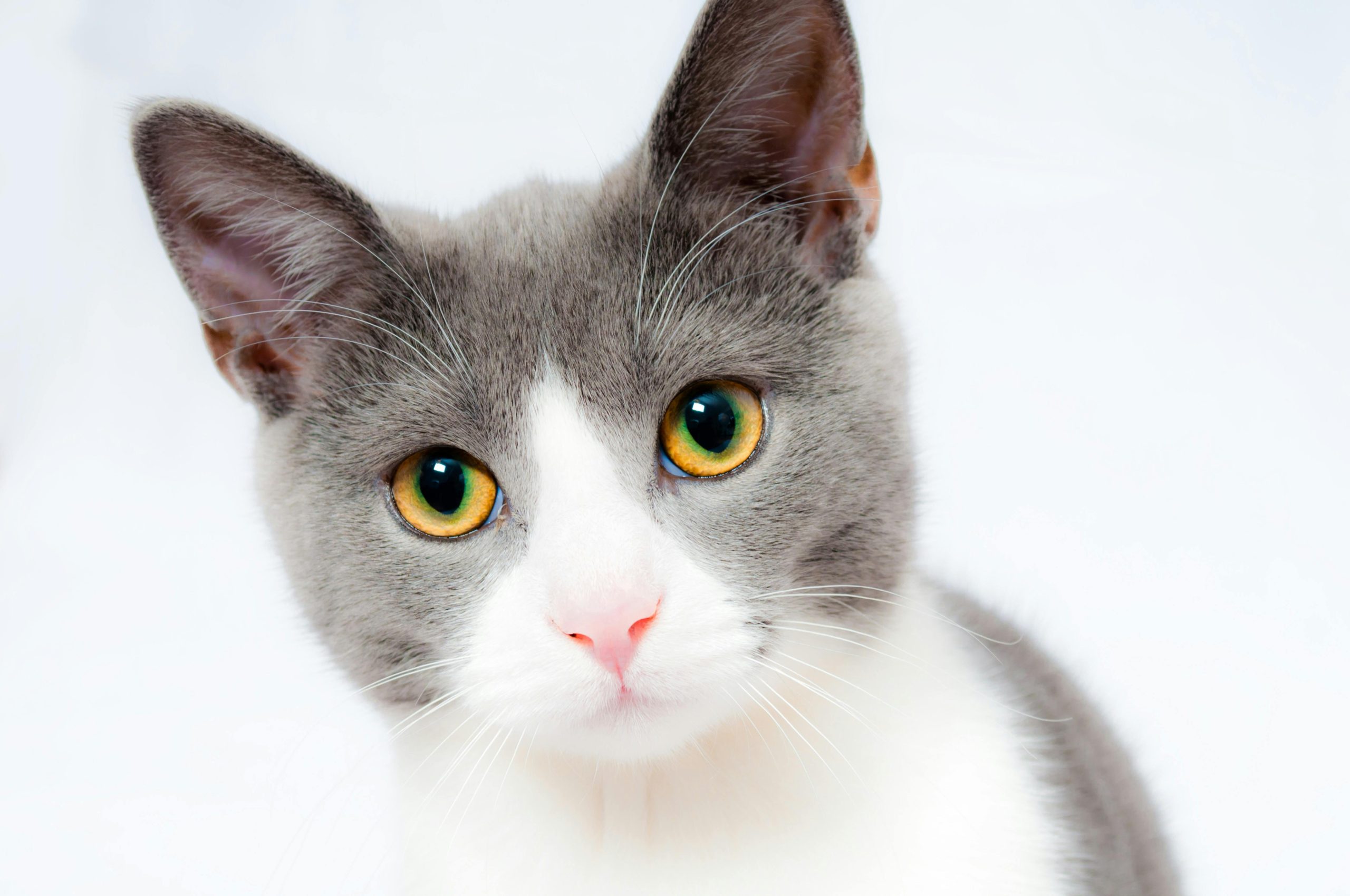How to Train a Cat to Coexist Peacefully with a Pet Rat?

As pet owners, we know that the cohabitation of different species in the same household can sometimes be a complex task. Even more so when it comes to training cats and rats to live together in harmony. It might seem like an impossible task, considering the natural behavior of these animals. However, with proper training, understanding of their behavior, and the right methods, it is very doable.
Understanding Your Pets’ Behavior
Before you begin the training process, it is crucial to understand the behavior of your pets. Cats, dogs, and rats have different behavioral instincts that have been ingrained in them throughout evolution. Knowing their behavior will make it possible to create an environment in which they can coexist peacefully.
A lire également : What Are the Best Options for Pet-Friendly Weed Control in Your Garden?
Cats are known for their predatory behavior. They are wired to stalk, hunt, and capture their prey. This behavior often leads to problems when they live in the same household with smaller animals like rats. Rats, on the other hand, are usually timid and prefer to avoid confrontations. They are prey animals and naturally fear larger animals, including cats.
Understanding these behaviors will help you design strategies that make cohabitation possible. For instance, you may need to satisfy your cat’s hunting instincts in other ways, such as through toys or games, to prevent them from hunting the rat.
A lire aussi : What’s the Safest Way to Administer Ear Medication to a Struggling Cat?
Training Your Cat
The first step towards peaceful cohabitation is to train your cat to respect the rat’s personal space. It’s vital to instill in your cat that the rat is a part of the family and not a toy or prey.
To begin with, you can keep the rat in a secure cage in the same room as the cat. This allows them to get used to each other’s presence in a safe environment. Remember, the cage has to be sturdy and reliable so the cat can’t open it. Over time, your cat will become accustomed to the rat’s smell and presence.
Another important aspect of training your cat is to teach it to respond to commands. Basic instructions such as ‘leave it’ or ‘no’ can help control your cat’s behavior towards the rat. Whenever your cat shows signs of aggression or excessive interest in the rat, you can use these commands to deter them.
Introducing Your Pets
Once your cat is comfortable with the rat’s presence and responds well to commands, it’s time to introduce them face-to-face. Do this in a controlled environment. Keep your cat on a leash initially to avoid any sudden reactions.
Start by allowing them to observe each other from a distance. Over time, reduce the distance between them, all the while monitoring their reactions. If either animal shows signs of fear or aggression, increase the distance again and give them more time to adjust.
During these sessions, it’s vital to provide positive reinforcement to your pets. Reward them with treats and praises when they behave appropriately. Remember, this is a gradual process and will require patience and consistency.
Creating a Safe Environment
Creating a safe and comfortable environment for your pets is crucial. Your rat should have a secure place to retreat to when it feels threatened. On the other hand, the cat should have a place where it can enjoy its solitude.
Provide your rat with a secure cage that your cat cannot access. The cage should be spacious, with enough room for the rat to move around comfortably. Also, place it in a quiet, warm place, away from direct sunlight.
For the cat, provide a separate resting area where it can relax without being disturbed by the rat. Cats often enjoy high places, so consider getting a cat tree or a high shelf.
Monitoring and Ongoing Training
Training cats and rats to coexist peacefully is an ongoing process. You would need to constantly monitor their interactions and correct their behavior when necessary. Continue rewarding good behavior and discouraging aggression.
It’s also essential to monitor the health of your pets. Cats and rats have different dietary and health needs. Make sure each pet is getting the right diet and regular health check-ups.
It may take time for your cat and rat to become comfortable with each other. However, with consistent training, understanding, and patience, cats and dogs can live in harmony with pet rats. Remember, the key is to respect the natural behavior of each animal and provide an environment that caters to their individual needs.
Understanding the Importance of Body Language
One essential part of training a cat to live peacefully with a pet rat involves understanding the significance of body language. Animals use body language as a primary form of communication. By monitoring their body language, you can interpret their feelings and intentions, which will help guide your training approach.
In the case of cats, a relaxed cat will have its tail down and ears in a neutral position. When a cat feels threatened or is in attack mode, it will have its tail straight up, ears flattened and eyes wide open. On the other hand, a rat will typically freeze, groom excessively, or seek to hide when it’s scared. Understanding these signs will help you intervene during interactions between the cat and the rat if the body language shows any signs of aggression or fear.
Training your cat to recognize and respect the rat’s body language is equally important. You can do this by observing your cat’s reactions when the rat displays signs of fear or discomfort. If the cat continues to stare or approach the rat, use the ‘leave it’ or ‘no’ command to distract the cat. Over time, the cat will learn to back off when the rat shows signs of fear.
In addition to the commands, consider using a litter box for your cat. Cats are territorial animals, and having a designated area where they can mark their territory, like a litter box, can reduce their predatory drive. This approach can also help keep the rat safe, as the cat will be less likely to view the rat as an invading enemy.
Establishing Positive Associations
Creating positive associations can be an effective way to train your cat to coexist peacefully with a pet rat. This method involves associating the presence of the rat with something that the cat enjoys, like a treat or a favorite toy.
This process can start while the rat is still in the cage. Each time the cat is near the rat’s cage and behaves calmly, reward it with a treat or a favorite toy. This approach will help the cat associate the rat’s presence with positive experiences. Over time, the cat will learn that behaving calmly around the rat leads to rewards.
You can also use this method during the introduction process. When both animals are in the same room, reward them with treats or praises whenever they behave calmly. This strategy will help both pets associate each other’s presence with positive experiences, reducing fear and aggression.
However, it’s important to note that you should not force interactions or create negative experiences. For instance, don’t punish the cat for showing curiosity about the rat. Instead, divert the cat’s attention and reward positive behavior.
Conclusion
Training a cat to coexist peacefully with a pet rat can be a daunting task, considering their natural instincts. However, understanding your pets’ behavior, body language, and using the right training methods can make this process smoother.
Start by creating a safe environment for both pets and aim to satisfy the cat’s prey drive with toys and games. Then, train your cat to respect the rat’s personal space and respond to commands. Gradually introduce the pets face-to-face in a controlled environment, always rewarding calm behavior.
Remember, this is an ongoing process. You’ll need to be patient, consistent, and ready to adjust your approach as necessary. With time and persistence, your cat and rat can live together in harmony. Just remember to always respect the natural behavior of each animal and provide an environment that caters to their individual needs.
